Car Rental Overseas: To Rent or Not to Rent?
pt 2- Considerations
In pt 1 of Car Rental Overseas, I discuss the many advantages of renting a car to explore foreign countries. You’ll enjoy freedom, independence and the ability to reach more remote areas, among other advantages.
In order to rent a car overseas, you must own a credit card, hold a valid driver’s license, and usually must have an international driver’s license as well.
If you qualify and you like the advantages that driving a car offers, before you plunge in you should first consider a few disadvantages and several cautions to decide whether or not you SHOULD drive in a foreign country Road, traffic, driving and legal conditions in other countries could be serious deterrents. Consider them carefully before committing yourself.
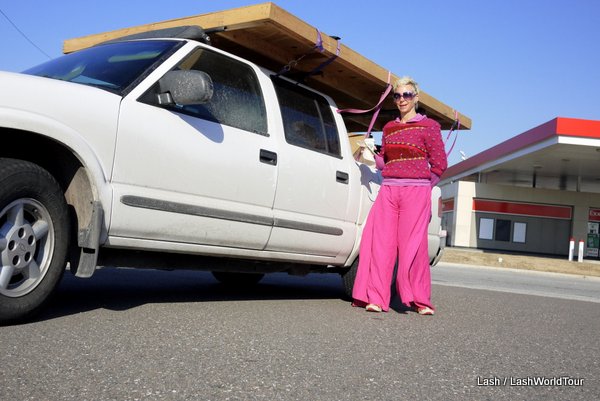
DISADVANTAGES OF RENTING A CAR OVERSEAS:
1. expensive- In most countries, though not all, renting a car will be considerably more expensive than using public transportation. This is especially true in developing countries where public transportation is usually very cheap.
2. potential of getting lost, having a break down or getting in an accident
3. potentially extreme road, traffic and/or driving conditions (see below)
Following are important road, driving, safety and legal conditions to research and consider for the countries you plan to visit before plunging into driving there. Each country varies greatly when it comes to such conditions.
FACTORS TO CONSIDER BEFORE RENTING A CAR OVERSEAS:
Left or Right side of the road?
North Americans and Europeasn drive on the right side of the road. In the UK, Australia and most Asian countries traffic moves on the left side of the road.
Don’t underestimate the dangers of suddenly driving on the opposite side of the road from what you’re used to! Not only does this mean all traffic moves on the ‘opposite’ side of the road, but the car’s steering wheel, transmission shift, and many other functions are on the ‘opposite side’ of the car.
Many accidents happen worldwide from foreign travelers attempting to drive on the opposite side of the road from their home country. They inadvertently end up driving on the wrong side of the road, often killing themselves along with local residents. This happens a lot in Australia with European travelers.
While it might be fairly easy to get used to driving on the opposite side of the road when you’re fully alert and road conditions are simple, intersections pose a much more confusing situation. In addtion, when you’re tired, distracted by chatting with a passenger or let your guard down, you could easily end up slipping onto the wrong side of the road or turning into the wrong lane at intersections.
Be sure to find out which side of the road people drive on in your destination country. If it’s opposite from what you’re used to, do you think you can handle it?

rural road in Bali – most roads in Bali are paved and well maintained, but in many remote areas you’ll find roads like this
Road Conditions:
In many developing countries, road conditions vary tremendously from urban areas to rural, from state to state or island to island. Major cities, towns and tourist areas might have excellent road conditions. But further afield, especially in remote areas, road conditions could range from so-so to horrendous.
Heck, even in the USA, heading into the back country of national parks, national forests and even rural countryside, roads are often in deplorable condition. The same holds true in many other countries.
And in many European countries and the UK, while road surfaces are usually in excellent condition, roads are often extremely narrow compared to those in North America. Many European cities and towns, especially, have incredibly narrow roads, since they were built before the advent of motorized vehicles.
Japan also suffers from often extremely narrow roads and completely blind corners in cities and towns. Several other Asian countries have narrow roads as well.
Be sure to find out the road conditions, not only of the country you’re going to explore, but especially the specific places within the country you plan to drive through.
Traffic Conditions:
Compared to driving in North America, traffic in many other countries can seem totally chaotic, way too fast and insane. Many places have massive amounts of traffic, which results in massive traffic jams.
In most Asian countries, people drive really fast for the given road conditions, drive extremely close behind other vehicles, pass with other traffic on-coming and with very narrow margins to get back into their own lanes.
Also, bigger vehicles usually have the unspoken right of way. Trucks and buses often barrel down the roads and highways, expecting every other vehicle to get out of their way.
You, as the driver of a car, won’t be the biggest vehicle on the road, and may well have to get out of the way of trucks or buses or risk collision.
In China, where I’ve personally seen the most outrageous diving habits, drivers regularly ignore red lights and stop signs, make startling turns in front of other vehicles, race into turns at intersections, and other random, reckless driving habits.
These are all hectic traffic conditions that you’re probably not familiar with. Are you ready to deal with them?
Driving laws and who’s at fault in the case of accident:
In many developing countries, driving laws surrounding ‘right’ and ‘wrong’ and ‘who’s legally at fault’ in an accident, are not nearly as clear as in developed western countries. In some countries, simply the fact that you’re a foreigner renders you responsible, regardless of who was ‘at fault’ in your eyes or according to your country’s driving laws.
Along with police corruption, it’s often best to handle any accidents with the other people involved ‘off the record’. Calling the police could end up costing you a lot more money, time and hassle.
Try to find out the driving laws beforehand of any country you plan to drive in. Remember, whichever country you’re in, you are required to follows the laws of that nation. Being ignorant of those laws doesn’t remove your responsibility to abide.
Are you willing to accept the legal conditions of driving there?
Driving Insurance:
Driving insurance policies for rental cars in foreign countries might vary greatly from those back home. Be sure to find out the exact details of driving insurance options offered by the car rental agencies in your target country. Consider whether you’re comfortable handling the risks and responsibilities of driving in that country under the given insurance policies.
Ready to rent?
If you’re a confident driver and feel you can handle the conditions, then definitely consider renting a car while traveling overseas. As I detailed in pt 1, it’s a great way to explore a country and sometimes the only way to reach particular destinations off the beaten track.
Be sure to check the car rental agencies available in your chosen country to compare prices, terms of use and qualifications. Also check how they handle driving insurance for foreign drivers. Obviously, your own driver’s insurance back home won’t cover you for driving a rental car in a foreign country.
Then… go out an explore!
You might also want to check out: pt 1 of Car Rental Overseas- Advantages
—————————————————————————————————————–






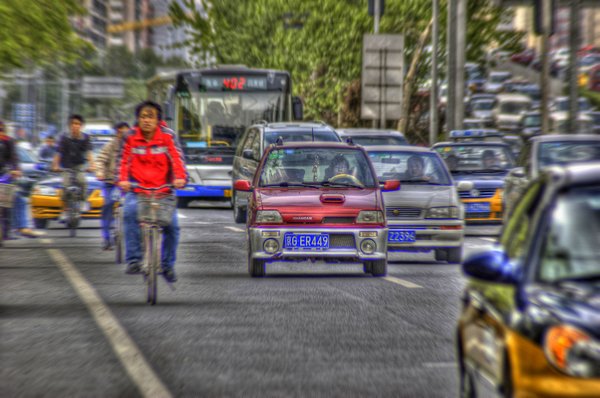
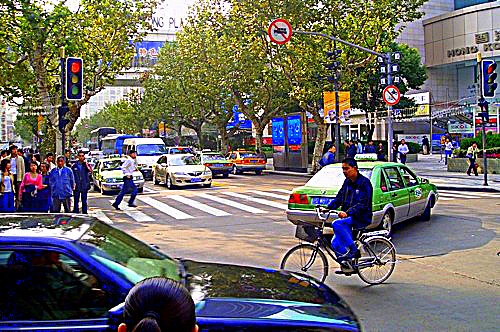
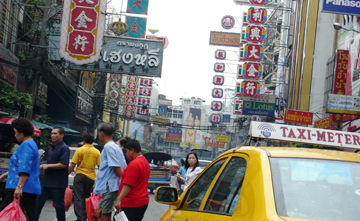
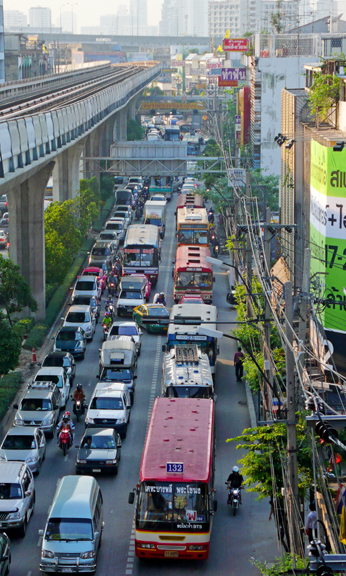
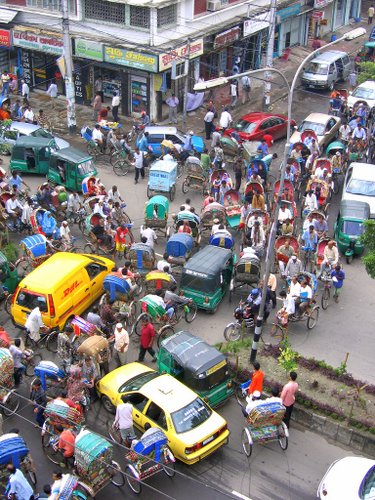





 Hi! I'm Lash, an American nomadic world traveler who's been traveling solo since 1998. I’m passionate about traveling the world nomadically and then sharing it all with you. I hope to inspire you to travel the world, to entertain you with tales from the road, and to help you reach your travel dreams. Welcome!
Hi! I'm Lash, an American nomadic world traveler who's been traveling solo since 1998. I’m passionate about traveling the world nomadically and then sharing it all with you. I hope to inspire you to travel the world, to entertain you with tales from the road, and to help you reach your travel dreams. Welcome! 




3 pings
Car Rental Overseas: To Rent or Not to Rent? pt 1- Advantages- Lash » LashWorldTour
2014/01/22 at 10:32 am (UTC 8) Link to this comment
[…] I’ll be going over all the potential hurdles you might face overseas in pt 2- Disadvantages and Driving Conditions to Consider […]